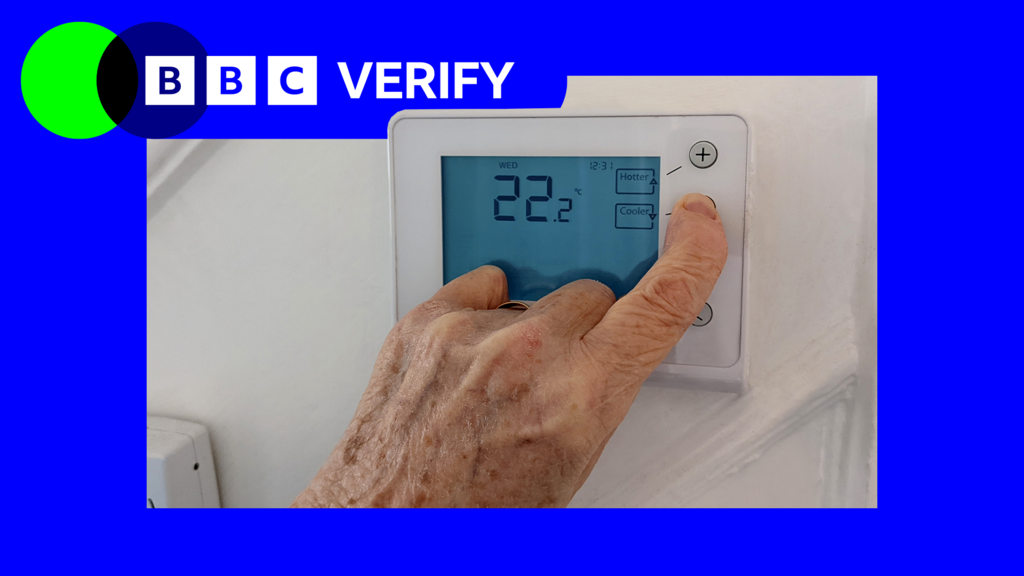The government’s recent reversal of winter fuel payment cuts has sparked scrutiny of its fiscal strategy and spending plans. BBC Verify examines the key figures.
At the 2024 general election, the Department for Work and Pensions projected that 10.8 million pensioners in England and Wales would qualify for winter fuel payments in 2024-25.
These payments are £200 or £300 per household. The initial government cost-cutting measure limited payments to pension credit recipients (a low-income benefit), reducing recipients to 1.5 million.
Following widespread criticism, the government reinstated payments for all pensioners from 2025-26, with a clawback mechanism for those earning £35,000 annually or more. This now encompasses approximately 9 million pensioners.
This largely reverses the initial policy’s impact on recipient numbers.
The government initially estimated the inherited 2024-25 winter fuel payment cost at £1.9bn. Its initial reform projected savings of £1.4bn in 2024-25 (£1.5bn in 2025-26), reducing the cost to £0.5bn.
Following the latest changes, the government claims a £1.25bn cost, representing £450m in savings compared to universal eligibility. However, this figure lacks Office for Budget Responsibility (OBR) certification.
This saving is only a third of the original £1.5bn target, and analysts suggest the net saving could be even lower.
Under Labour’s initial plan, only pension credit recipients received payments. Last year’s government campaign encouraged eligible, non-claiming pensioners to apply. Data shows nearly 60,000 additional pension credit awards, likely due to this campaign.
With each annual pension credit claim costing approximately £3,900, former Lib Dem pensions minister Steve Webb estimates the added cost of these new claims at around £234m.
This offsets roughly half of the government’s claimed £450m winter fuel savings.
Chancellor Rachel Reeves cited the £1.5bn annual savings as crucial for fiscal stability, incorporated into OBR budget calculations. The reduced savings—£450m or less—create a potential £1bn gap in government finances.
The Treasury intends to address this in the Autumn 2025 Budget, stating it won’t necessitate permanent additional borrowing. Without increased GDP growth or tax revenue forecasts, this gap likely necessitates tax increases or spending cuts.
However, £1bn is relatively small within the broader context of public finances. The OBR projects £1,347bn government spending and £129bn borrowing in 2025-26.
Projected savings from working-age welfare reforms are considerably higher than those from winter fuel payment changes. The OBR projects £4.8bn annual savings by 2029-30 from personal independence payment and universal credit incapacity payment reforms.
Reversing these reforms, as some Labour MPs advocate, would pose a significantly larger financial challenge for the chancellor, impacting her fiscal rules.
These rules mandate a balanced day-to-day budget (excluding infrastructure spending) by 2029-30. The OBR projected only £9.9bn of headroom in March 2025, a small margin given overall spending and borrowing.
Reversing welfare cuts could eliminate about half of this headroom. Economists anticipate further erosion of this headroom in the Autumn Budget due to downgraded growth forecasts and increased government borrowing costs.
What do you want BBC Verify to investigate?

